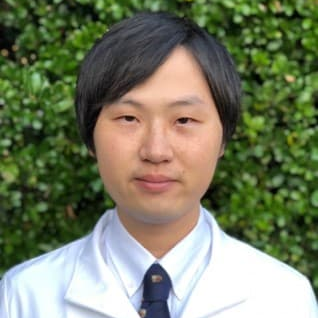Oral Regenerative Medicine: Current and Future
A special issue of Biomolecules (ISSN 2218-273X). This special issue belongs to the section "Biological Factors".
Deadline for manuscript submissions: closed (31 May 2021) | Viewed by 36028
Special Issue Editors
Interests: tissue engineering; biomaterials; oral diseases
Special Issues, Collections and Topics in MDPI journals
2. Department of Dentistry and Oral Surgery, Keio University School of Medicine, Shinjuku-ku, Tokyo, Japan
Interests: regenerative medicine; stem cells; developmental biology
Special Issues, Collections and Topics in MDPI journals
Special Issue Information
Dear Colleagues,
Some oral tissues maintain their homeostasis by regeneration. This biological regulation leads to appropriate oral function and provides systemic healthy condition by ideal digestion and intake of nutrition. Even if some tissues break down, general dental treatment or growth factors can recover them. However, huge disruption of oral tissues due to tooth loss, malignant diseases, and severe trauma can cause irreversible tissue loss in oral cavity. To compensate for this, artificial material, i.e., prosthesis and dental implantation, supports the improvement of human quality of life. While biomaterials have developed and applied for patients in recent decades, cellular treatment is still limited because of some problematic issues.
Which is the most significant factor for researchers to solve these problems?
The oral cavity consists of several tissue complexes with oral microbiota. In addition, oral tissues are under daily stresses, such as mastication and exposure to extraoral space. This unchangeable natural fact would make us think deeper on how oral regenerative medicine coexists with unavoidable factors.
In this collection, we will present and share the current oral regenerative medicine frontiers and tasks, and we also discuss attractive tools, methods, and techniques that will be useful for future oral basic and clinical sciences.
Dr. Taneaki Nakagawa
Dr. Takehito Ouchi
Guest Editors
Manuscript Submission Information
Manuscripts should be submitted online at www.mdpi.com by registering and logging in to this website. Once you are registered, click here to go to the submission form. Manuscripts can be submitted until the deadline. All submissions that pass pre-check are peer-reviewed. Accepted papers will be published continuously in the journal (as soon as accepted) and will be listed together on the special issue website. Research articles, review articles as well as short communications are invited. For planned papers, a title and short abstract (about 100 words) can be sent to the Editorial Office for announcement on this website.
Submitted manuscripts should not have been published previously, nor be under consideration for publication elsewhere (except conference proceedings papers). All manuscripts are thoroughly refereed through a single-blind peer-review process. A guide for authors and other relevant information for submission of manuscripts is available on the Instructions for Authors page. Biomolecules is an international peer-reviewed open access monthly journal published by MDPI.
Please visit the Instructions for Authors page before submitting a manuscript. The Article Processing Charge (APC) for publication in this open access journal is 2700 CHF (Swiss Francs). Submitted papers should be well formatted and use good English. Authors may use MDPI's English editing service prior to publication or during author revisions.
Keywords
- Tooth regeneration
- Stem cells
- Tissue engineering
- Regenerative therapy
- Growth factor
- Biomaterial
- Gene regulation
- Organoid
- Cancer biology







